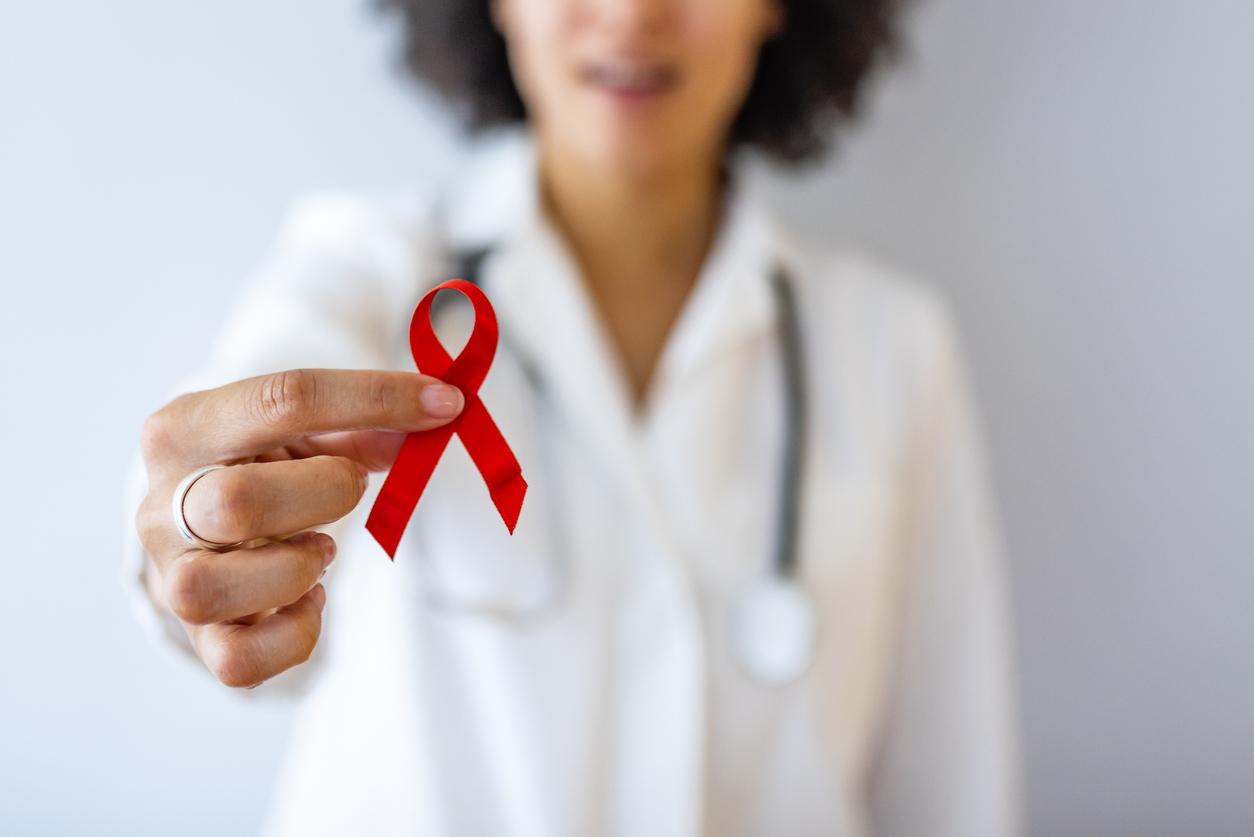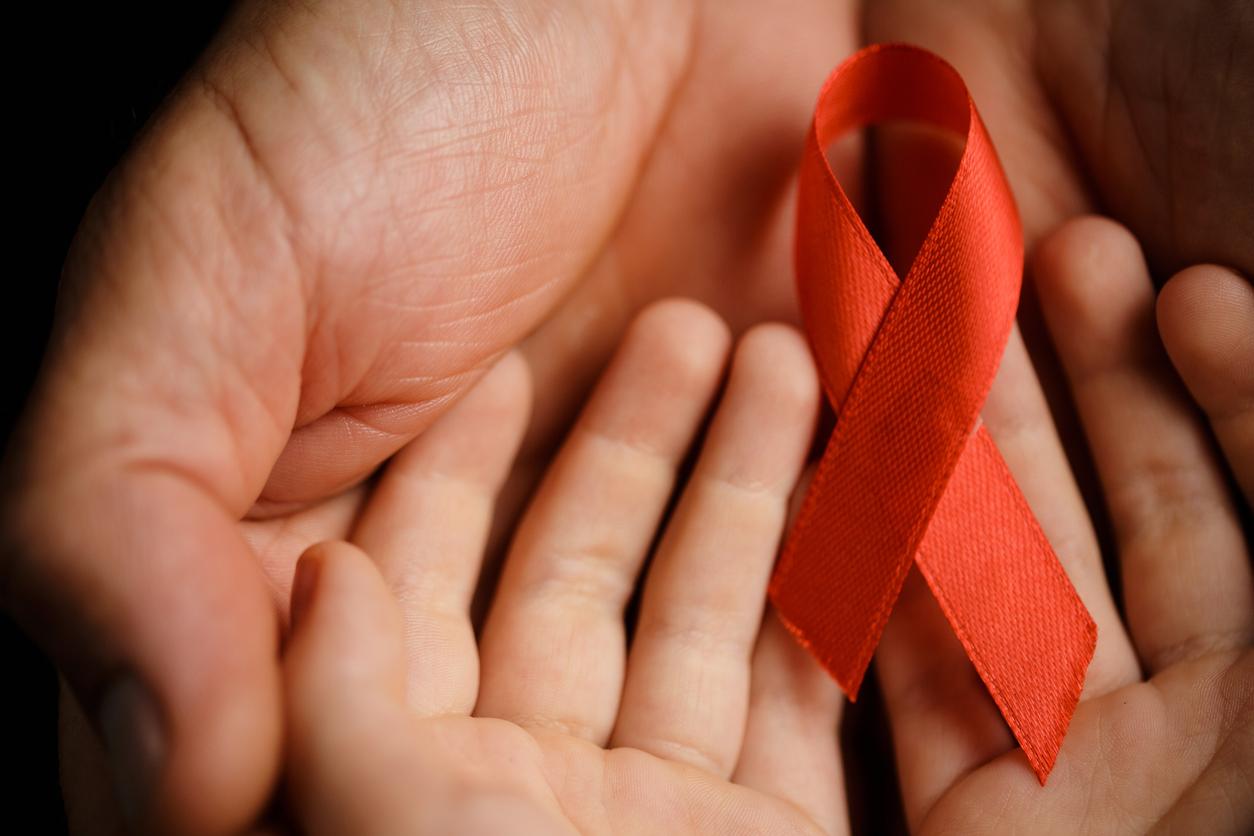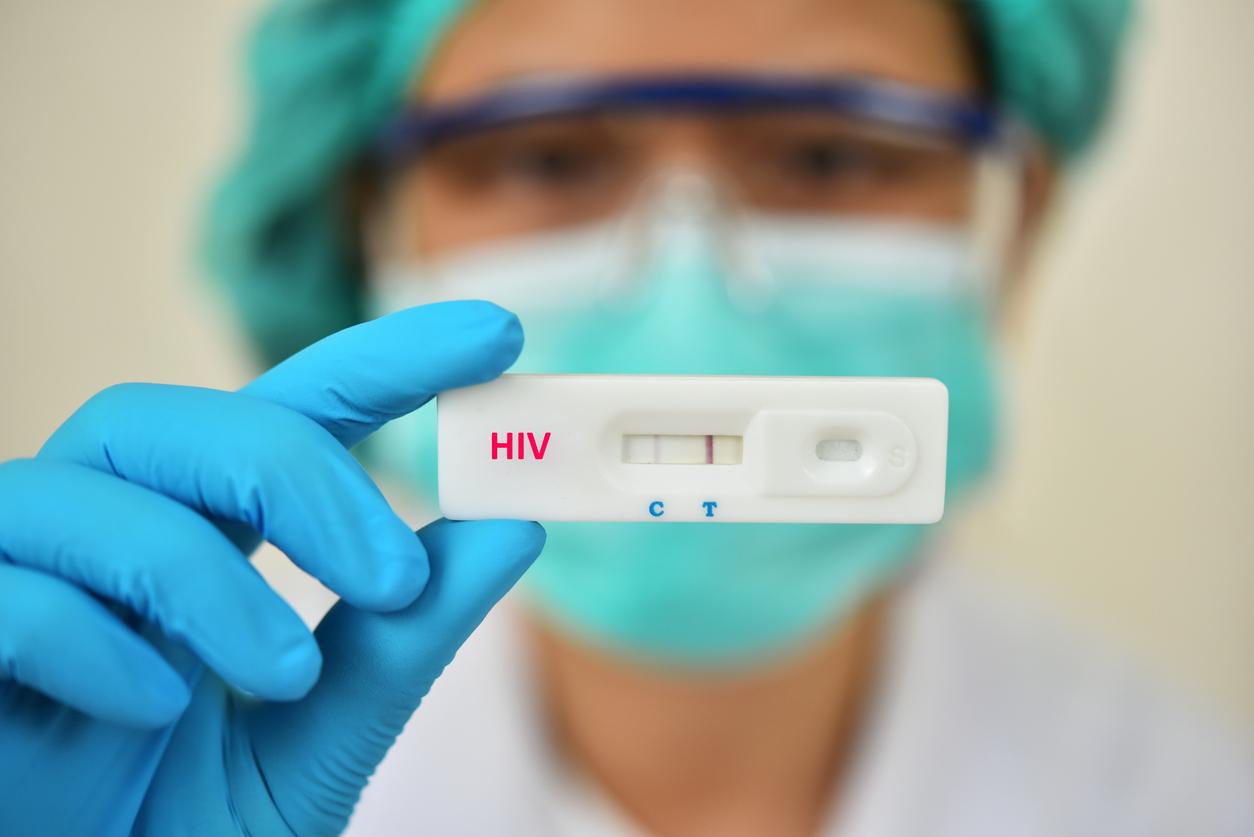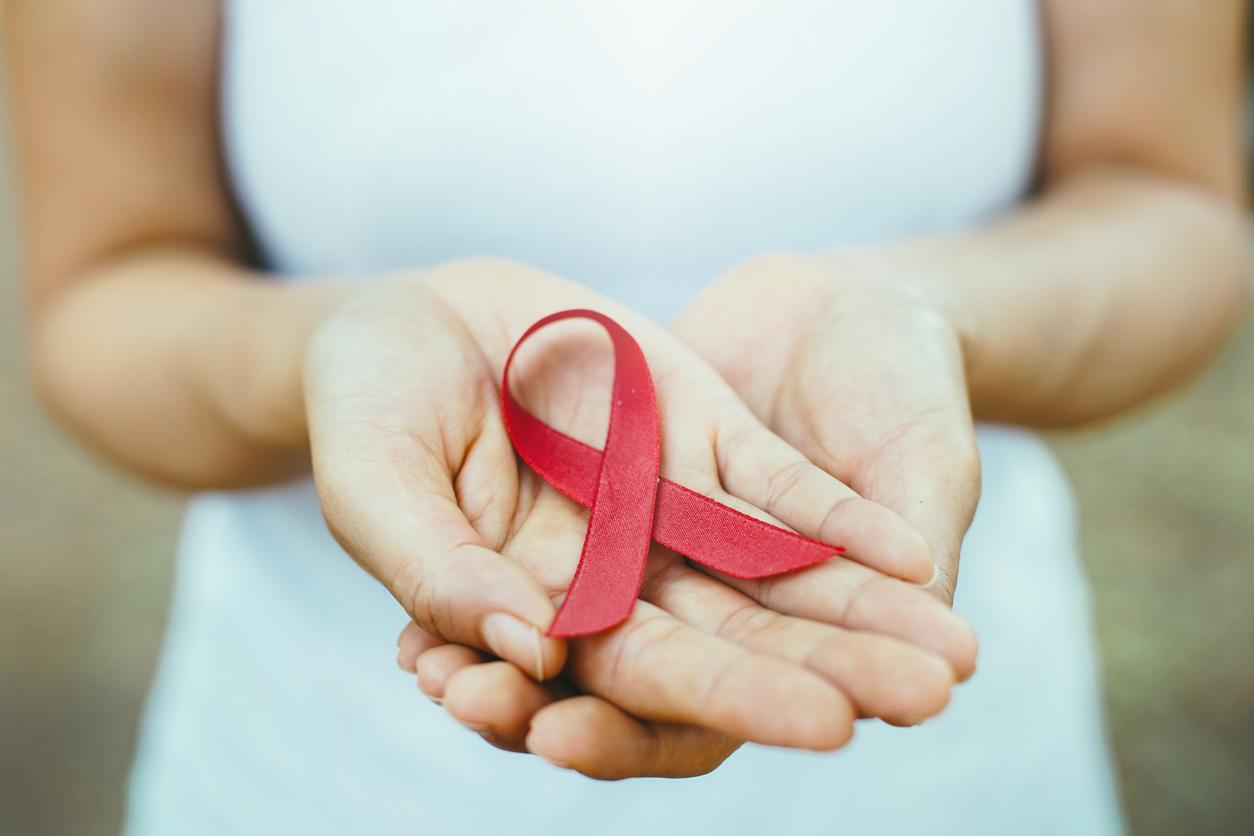Fewer deaths, new infections, more patients treated, more funds … The fight against AIDS has been successful. According to UNAIDS, the end of the epidemic is possible for 2030.

“Putting an end to the epidemic by 2030 is possible,” said Michel Sidibé, the executive director of UNAIDS, presenting the latest figures on HIV this Wednesday July 16. If the goal is achievable, it is because almost all the signals are green.
– First of all, the number of new infections with the AIDS virus is in constant decline in most parts of the world. It went from 2.2 million in 2012 to 2.1 million in 2013. And compared to 2001, the drop is 38%.
In children, the drop is even more marked: – 58% of new infections between 2002 and 2013. For the first time, the number of newly infected children fell below the 200,000 mark.
Wide access to antiretrovirals
– Another source of optimism highlighted in the UNAIDS report: nearly half (48%) of people living with HIV now know their HIV status.
– Result: access to treatment has taken a leap forward. In sub-Saharan Africa, nearly 90% of people who test positive have access to antiretrovirals. And studies show that in 76% of patients treated, the viral load is undetectable. Thus, they cannot pass the virus on to their partner.
– Concerning the number of deaths, the trend is also downward: – 35% in 2013 compared to 2005, the year when the peak of mortality was reached. “Over the past three years,” say the authors of the report, “the decline in AIDS-related deaths has been 19%, which is the largest drop in the past ten years. “
– Finally, the resources allocated to the fight against AIDS also give hope to the United Nations. They have more than quadrupled in ten years.
More than 11 million preventable deaths by 2030
We are therefore on the right track to end the AIDS epidemic in the world, but the game is not won in advance. For Michel Sidibé, we must “step up our efforts by 2020” to achieve this objective in 2030.
“Otherwise, it may take a decade or more,” warns the executive director of UNAIDS. The stakes are high since ending the epidemic would prevent 18 million new infections and 11.2 million deaths between 2013 and 2030.
.

















